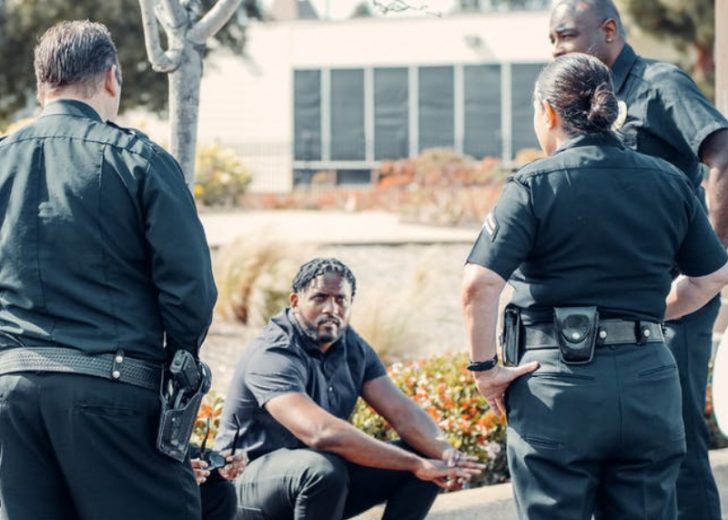The criminal justice system in USA comprises of three branches with the Police investigating crimes, the Justice system ensuring appropriate punishment and the Correction system enforces punishment and reduces recidivism. The American Justice system has no centralized authority, with 50,000 independent agencies enforce the law for various federal, state, local and tribal authorities. An outdated and unfair criminal justice system has devastating consequences for crime prevention, criminal rehabilitation, and fair justice in the USA. The Innocence Project estimates faulty forensics contributing to 50 % of DNA exonerations and 25 % of all exonerations. Other methods besides incarcerations could be considered.
Outdated Systems Affect Minorities

The USA has almost 7 million people under correctional controls, with 2.2 million serving prison sentences, and the rest on parole, probation, or under community surveillance. About 100 million have criminal records. The impact on minority communities ensures that entire generations are condemned to vicious incarcerations, besides aggravating racial and socio-economic inequalities with consequential unemployment, relapses, and major social handicaps without preventing crimes. A Time study found that 39% of people in prison posed no threat to public safety, and their release could save $20 billion annually. Some major problems of the American criminal system today, are:
-
Law enforcement and policing
Sending armed uniformed officers in response to 911 calls often leads to needless violence. About 80% of nationwide calls to 911, are not violent or property-related offenses not requiring police intervention. Many from minority groups, avoid calls to emergency services as the responders are police officials. The right responders need to deal with specific situations, especially those drug-related or psychological distress situations.
-
The 1994 Crime Bill

The 1994 Crime Bill enhanced the number and length of incarcerations, with more funds to build prisons, while the early release time was reduced. This measure ensured that the taxpayer funds were poured into enforcement and led to major incarcerations, mostly among men from the African-American community and had minimal effect on public safety.
-
Mandatory minimum sentencing
Mandatory minimum sentencing is the minimum sentence by a court can give for specific crimes, even under unique circumstances. Over half of federal inmates are jailed under such mandatory provisions, without increase in public safety. Prosecutors get incentives to imprison people, and can select charges. Instead of judges deciding the sentences, prosecutors make such decisions. This raises serious issues as the judge is an objective third party without outcome stakes. The prosecutor may threaten people with mandatory minimums to ensure guilt pleas.
-
Poverty inhibits Prevention and Recidivism
Major issues are drug use and mental health problems while funds kept aside for things such as policing and detentions could be diverted to community prevention and treatment programs. Recidivism is reduced if the federal Pell Grants were given to inmates for education support and financial aid to rehabilitate those jailed and provide second chances. The system, which needs people to pay cash bail, only adds to problems. About 60% people in jail are not convicted for any crime, but are unable to meet bail terms set by courts.
-
Handling Juvenile Crimes

Juveniles are tried as adults in the criminal system, and denied parole eligibility. Policing of neighborhoods and schools criminalizes minor offenses, leading to unnecessary violence and psychological trauma with increased crimes. Concerted nation-wide efforts can reduce the number of incarcerations and crime rates.




